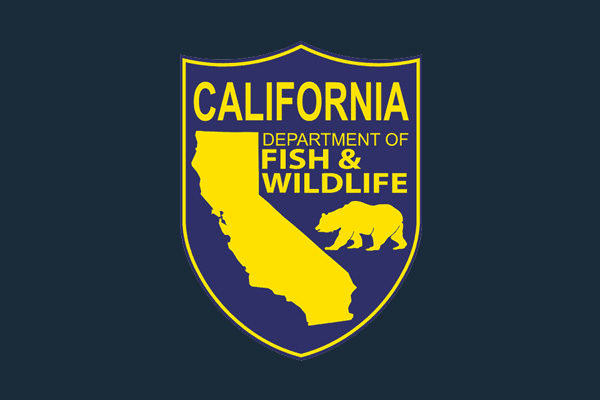CONSERVATION - HABITAT RESTORATION
Rare Plant Monitoring
The plants on Catalina Island have a fascinating story of having made it to these isolated land masses and survived in their new environment.
Some plants even evolve into entirely new species over time.
Additionally, we have a few plants that found refuge in our milder island climate, where the mainland environment could no longer support them. Despite how they arrived or survived here on Catalina, many of these species’ populations are so small we deem them rare.
Catalina is home to over 160 that are considered rare. Some of these plants are also found on the mainland but have small enough populations on the island that they are considered locally rare. Considerable factors that can cause species on Catalina to be rare include low distribution, non-native herbivores, changes in habitat, and invasive species competition.
The Catalina Island Conservancy is dedicated to monitoring and managing the rare plants on Catalina Island. Our primary goal is to ensure that these plants are not extirpated or extinct in the landscape. Therefore, our crew of scientists traverses the island each year to find and evaluate the health and status of rare plant populations. Based on our findings, the team assesses the current state of each species and determines what management strategies are necessary to ensure the plants continued survival. Currently, the Conservation team is primarily focusing on the following rare plants that need conservation action:
Rare Plants on Catalina
Name
Notable Status
Catalina nightshade (Solanum wallacei)
CRPR 1B.1
Catalina Island mountain mahogany (Cercocarpus traskiae)
State and Federally Endangered
Catalina grass (Dissanthelium californicum)
CRPR 1B.2
Lyon’s pygmydaisy (Pentachaeta lyonii)
State and Federally Endangered
Southern island mallow (Lavatera assurgentiflora ssp. glabra)
CRPR 1B.1
Santa Cruz Island rockcress (Sibara filifolia)
Federally Endangered
Catalina Ironwood (Lyonothamnus floribundus ssp. floribundus)
CRPR 1B.2
Catalina figwort (Scrophularia villosa)
CRPR 1B.2
Island rush rose (Crocanthemum greenei)
Federally Threatened
Feltleaf ceanothus (Ceanothus arboreus)
–
Cliff spurge (Euphorbia misera)
CRPR 2B.2
Island oak (Quercus tomentella)
CRPR 4.2
Channel Island tree poppy (Dendromecon harfordii)
CRPR 3.1
Aphanisma (Aphanisma blitoides)
CRPR 1B.2
Decumbent goldenbush (Isocoma menziesii ssp. decumbens)
CRPR 1B.2
Pacific saltbush (Atriplex pacifica)
CRPR 1B.2
Southern island clover (Trifolium palmeri)
CRPR 4.2
Catalina bedstraw (Gallium catalinense)
CRPR 1B.2
Island broom (Acmispon dendroideus var. dendroideus)
CRPR 4.2
Golden spined cereus (Bergerocactus emoryi)
CRPR 2B.2
A few agencies evaluate rare plants and provide a status listing based on the current population sizes and degree of threat of becoming extinct. Under the Endangered Species Act, the U.S. Fish and Wildlife Service (USFW) provides a federal listing category as either “threatened” or “endangered” from extinction, endangered being the most critical listing. In California, the California Department of Fish and Wildlife (CDFW) provides a similar listing under the California Species Act. Some of these species are only listed at the state level, meaning they are only threatened/endangered/rare in California. Others are listed at the federal level. The California Native Plant Society is a non-governmental agency that also provides a detailed ranking system for rare plants called the California Rare Plant Rank (CRPR).
The ranking systems by these three organizations help the Catalina Island Conservancy understand and prioritize rare species management on the island to ensure these plants do not go extinct.



